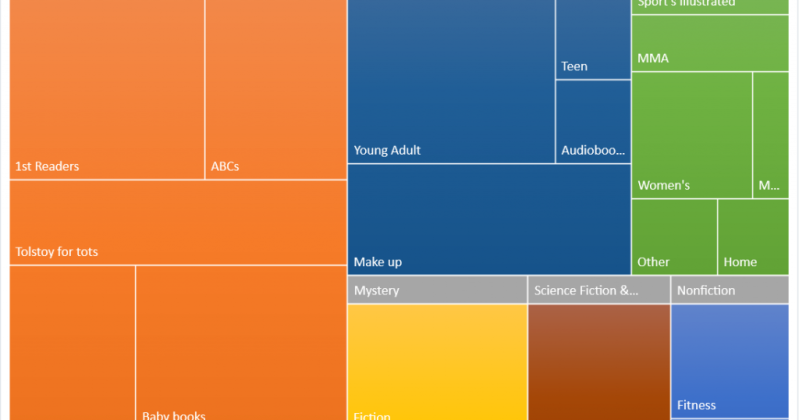Further to my previous post about this, we have managed to get this working successfully now with a variety of guest users (with email addresses which are outlook.com, or associated with Azure Active Directory or Azure ADB2C accounts).
Why is this so useful? Because it means that in order to collaborate with users outside your organisation (including being able to share files, hold online conversations, video chats, do online voting within your team), all you need is one of the following Office 365 subscriptions (see this Microsoft link)
Guest access is included with all Office 365 Business Premium, Office 365 Enterprise, and Office 365 Education subscriptions. No additional Office 365 license is necessary. Guest access is a tenant-level setting in Microsoft Teams and is turned off by default.
This should not only be much cheaper than alternative collaboration software (e.g. box.com) but also allows your staff and guest users to use tools that they will increasingly become familiar with (Office 365).





